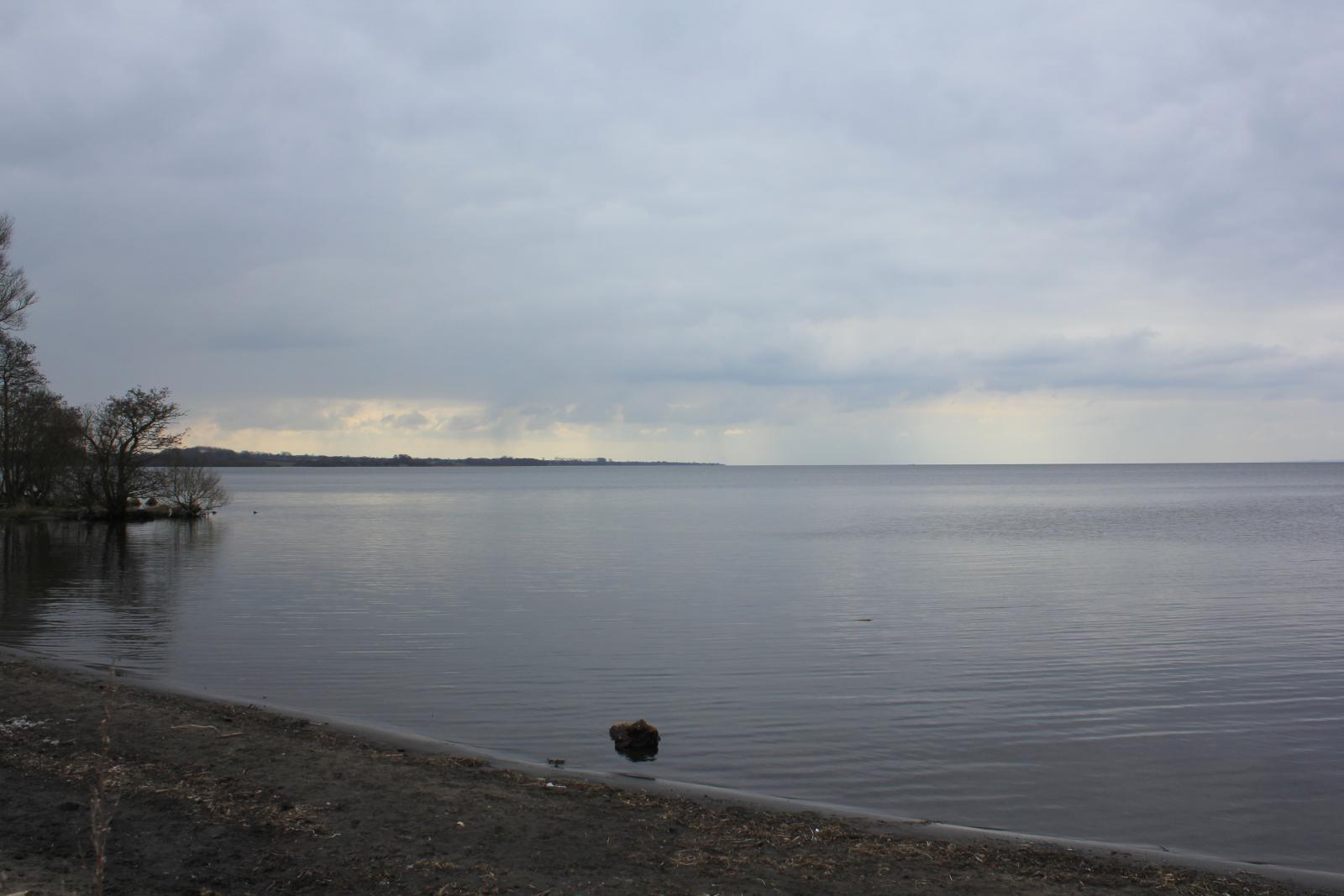UKCEH has a long history of carrying out research on freshwater lakes - so we're delighted to see the UN mark their importance with the first ever World Lake Day on 27 August! This highlights the importance of protecting and restoring lakes, while raising awareness of their vital role in providing drinking water and supporting livelihoods, biodiversity and resilient ecosystems.
What do you know about lakes in the UK? Just for fun, we've compared some of the physical characteristics of notable lakes from the UK devolved nations, using data from the UK Lakes Portal.
Lakes selected
- By surface area, Lough Neagh (38,000 hectares) is the largest lake in the UK and Ireland. Loch Lomond (7073ha) is the largest in Scotland; Windermere is the largest natural lake in England; Llyn Tegid or Bala Lake is the largest lake in Wales with a surface area of 415ha; Rutland Water is the largest reservoir by surface area in the UK (though Kielder Water holds more water).
- By volume of water, Loch Ness in Scotland is the largest lake. It holds 7,452 million cubic metres of water, more than all lakes in England and Wales combined.
- Loch Morar in Scotland is the deepest freshwater body in the UK, averaging 86m and reaching 310m at its deepest point. By contrast, Lough Neagh averages just under 9m and only reaching a maximum depth of 25m.
Did you know?
Our lakes are getting warmer. For example, 97 per cent of monitored Scottish lochs and reservoirs increased in temperature between 2015 and 2019 by between 0.25 and 1 degree Celsius per year. Along with nutrient enrichment, this warming can contribute to an increase in harmful blue-green algal blooms, which can outcompete freshwater plant species and produce toxins that can affect animals and people.
UKCEH developed the Bloomin’ Algae citizen science app for reporting the presence of blue-green algae. This helps speed up public health warnings about harmful blooms and can help teach users to recognise the risks. See our video below for top tips on spotting blue-green algae!
